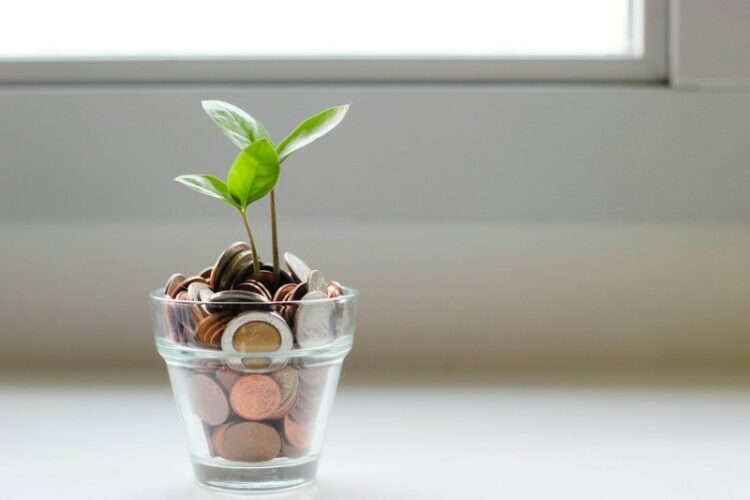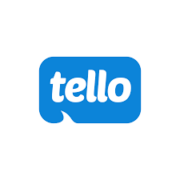In today’s marketplace, promotions have become a cornerstone for driving sales, attracting new customers, and maintaining loyalty among existing clientele. The allure of promotions is undeniable, offering a win-win situation for both businesses and consumers. However, unlocking the full potential of promotions is akin to cracking a code. It requires a deep understanding of their mechanics, strategic planning, and precise execution. Through this article, we will embark on a comprehensive exploration of the world of promotions, unveiling the secrets to leveraging them for maximum savings.
Understanding the Power of Promotions
Promotions are not just tools for boosting short-term sales; they are powerful instruments that can significantly impact a brand’s market position and consumer perception. The power of promotions lies in their versatility and adaptability. They can be customized to meet a wide range of objectives, from clearing out old inventory and introducing new products to enhancing brand visibility and customer engagement.
The effectiveness of promotions is rooted in their ability to stimulate consumer behavior. By offering tangible benefits, such as discounts, freebies, or exclusive access, promotions create a compelling value proposition that can sway purchasing decisions. This is particularly important in a competitive marketplace where differentiation can be challenging.
Moreover, promotions can serve as a valuable source of data. Every promotional campaign generates insights into customer preferences, behavior, and responsiveness to different offers. This information is invaluable for refining future marketing strategies, tailoring offerings to meet consumer needs more effectively, and ultimately, enhancing the overall customer experience.
The Psychology Behind Promotions
Understanding the psychology behind promotions is crucial for crafting offers that resonate with consumers. Promotions tap into several psychological triggers, such as the fear of missing out (FOMO), the thrill of getting a good deal, and the satisfaction of saving money. These triggers can motivate consumers to take action, whether it’s making a purchase, signing up for a newsletter, or engaging with a brand on social media.
The concept of perceived value plays a significant role in the psychology of promotions. When consumers perceive that they are getting more value for their money, their satisfaction and loyalty to the brand increase. This perceived value does not solely depend on the financial aspects of the offer but also on the relevance and timeliness of the promotion.
Another psychological aspect of promotions is the principle of reciprocity. When customers receive something of value, they are more likely to feel a sense of obligation to reciprocate, whether through purchases, referrals, or positive word-of-mouth. This principle can help foster stronger relationships between brands and their customers, contributing to long-term loyalty.
Different Types of Promotions
Promotions come in various forms, each with its own set of advantages and applications. Understanding the different types of promotions is essential for selecting the right strategy to meet specific business objectives.
Discounts are among the most common and straightforward types of promotions. They can be applied in numerous ways, including percentage discounts, dollar-off discounts, and buy-one-get-one-free offers. While discounts are highly effective at driving sales, they should be used judently to avoid undermining the perceived value of the product.
Loyalty programs are another popular promotional strategy, designed to reward repeat customers. These programs not only incentivize continued patronage but also collect valuable data on customer preferences and purchasing habits.
Contests and giveaways are excellent for generating excitement and engagement around a brand. They can help attract new customers, increase brand visibility, and gather user-generated content that can be used in future marketing efforts.
How to Create Effective Promotions
Creating effective promotions requires careful planning and a clear understanding of the desired outcomes. The first step is to define the objectives of the promotional campaign. Whether it’s increasing sales, boosting brand awareness, or launching a new product, having a clear goal in mind is crucial for designing a promotion that delivers results.
The target audience is another critical consideration. Promotions should be tailored to the preferences, behaviors, and needs of the intended demographic. This may involve segmenting the audience and creating personalized offers that resonate with different groups.
Finally, the timing of the promotion is key. Seasonal trends, holidays, and even the day of the week can influence the effectiveness of a promotional campaign. By aligning promotions with times when consumers are more likely to shop, businesses can maximize their impact.
Promotional Strategies for Maximum Savings
To unlock maximum savings through promotions, businesses must adopt strategic approaches that go beyond simply slashing prices. One effective strategy is bundling products or services together at a discounted rate. This not only increases the average order value but also introduces customers to additional offerings they might not have otherwise considered.
Another strategy is to leverage scarcity and urgency by creating time-limited offers. This can drive quicker decision-making and purchases, as consumers are motivated by the fear of missing out on a good deal.
Additionally, offering exclusive promotions to loyal customers or subscribers can foster a sense of belonging and appreciation, enhancing brand loyalty and encouraging repeat business.
Tracking and Analyzing the Success of Promotions
The success of promotional campaigns should be rigorously tracked and analyzed to understand their impact and identify areas for improvement. Key performance indicators (KPIs) such as sales revenue, conversion rates, customer acquisition costs, and return on investment (ROI) can provide valuable insights into the effectiveness of promotions.
Analyzing customer feedback and engagement metrics can also offer clues about the resonance of the promotion with the target audience. This feedback is crucial for refining future promotions, ensuring they are even more closely aligned with customer preferences and behaviors.
Advanced analytics and A/B testing can further enhance the effectiveness of promotional strategies. By testing different elements of a promotion, such as the offer, messaging, or distribution channel, businesses can identify the most impactful combinations and optimize their campaigns accordingly.
Case Studies of Successful Promotional Campaigns
Examining case studies of successful promotional campaigns can provide valuable lessons and inspiration for businesses looking to enhance their promotional strategies. These case studies often highlight innovative approaches to promotions, effective targeting and segmentation strategies, and the importance of aligning promotions with broader marketing and business objectives.
For instance, a case study might detail how a brand used social media contests to increase engagement and drive traffic to their website, or how a company leveraged personalized email promotions to reactivate dormant customers. These real-world examples can offer practical insights into the planning, execution, and analysis of successful promotions.
The Future of Promotions
The future of promotions is likely to be shaped by technological advancements and changing consumer behaviors. Personalization and automation will play increasingly significant roles, enabling businesses to create more targeted, relevant, and effective promotions.
Emerging technologies, such as artificial intelligence (AI) and machine learning, will enhance the ability to analyze data and predict consumer behavior, leading to more sophisticated and successful promotional strategies. Additionally, the rise of digital platforms and social media will continue to open new avenues for engaging with customers and delivering promotions.
Tools and Resources for Creating and Managing Promotions
A variety of tools and resources are available to help businesses create and manage promotions more effectively. These include promotional marketing platforms, email marketing software, social media management tools, and analytics suites.
Selecting the right tools depends on the specific needs and objectives of the business, as well as the channels and formats of the promotions. By leveraging these resources, businesses can streamline the planning, execution, and analysis of promotional campaigns, maximizing their impact and efficiency.
Conclusion
Promotions are a powerful tool for businesses looking to drive sales, engage customers, and stand out in a competitive marketplace. By understanding the psychology behind promotions, leveraging different types of offers, and adopting strategic approaches, businesses can unlock maximum savings and achieve their marketing objectives. Tracking and analyzing the success of promotions is crucial for refining strategies and ensuring ongoing success. As the landscape of promotions evolves, staying informed and adaptable will be key to leveraging their full potential.





No Comments
Leave Comment